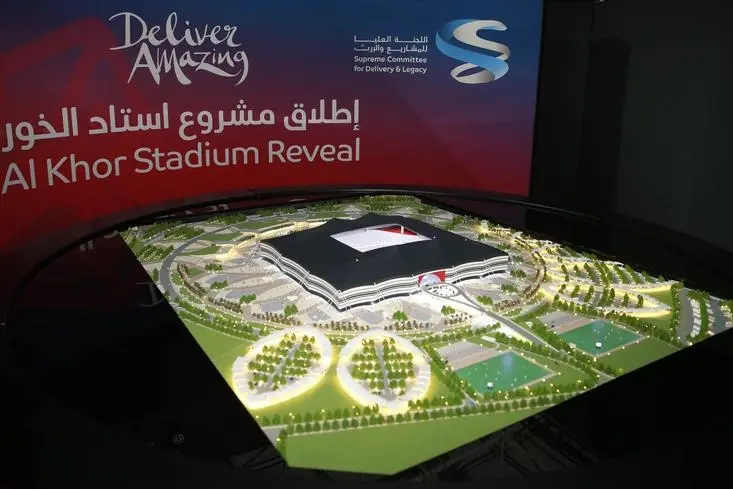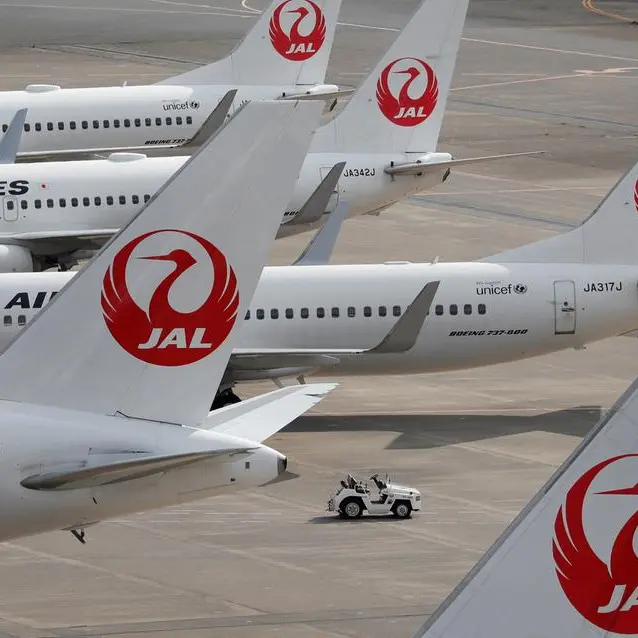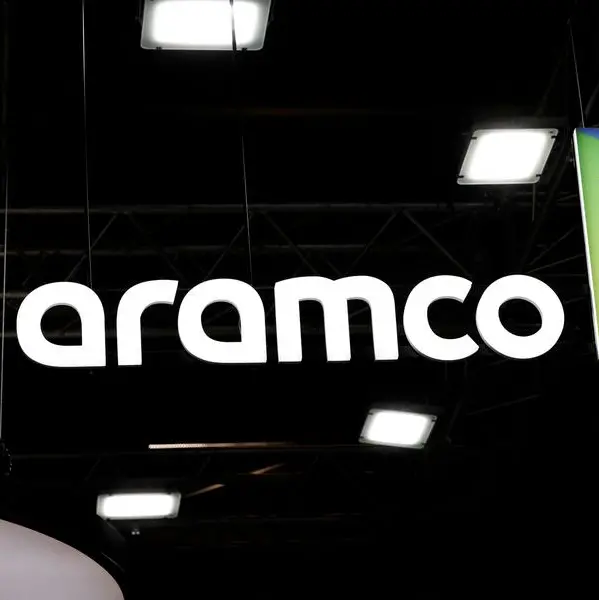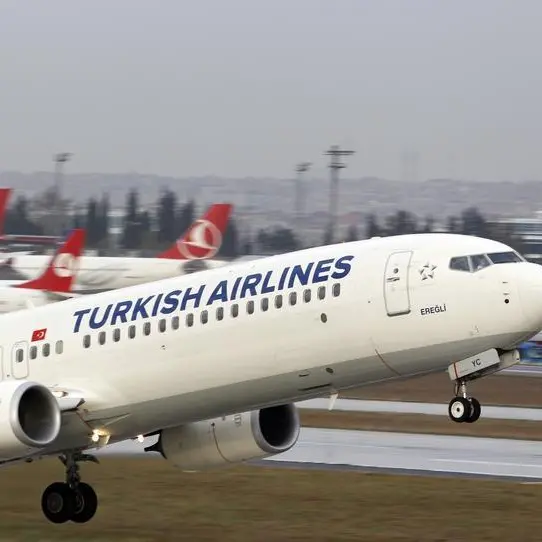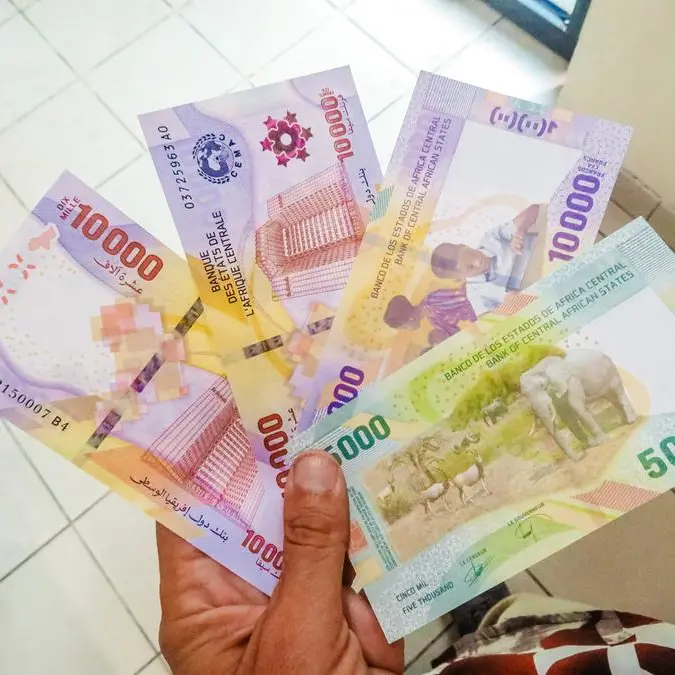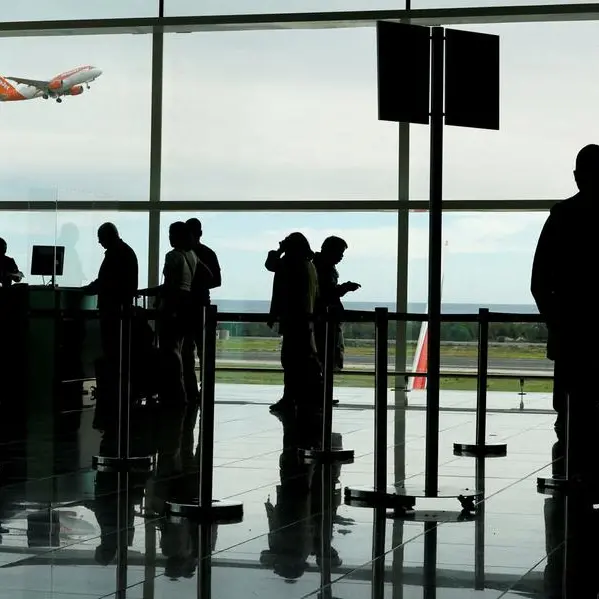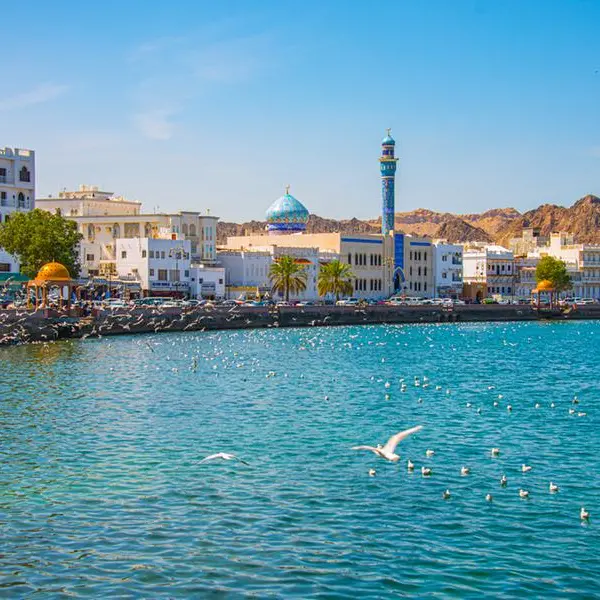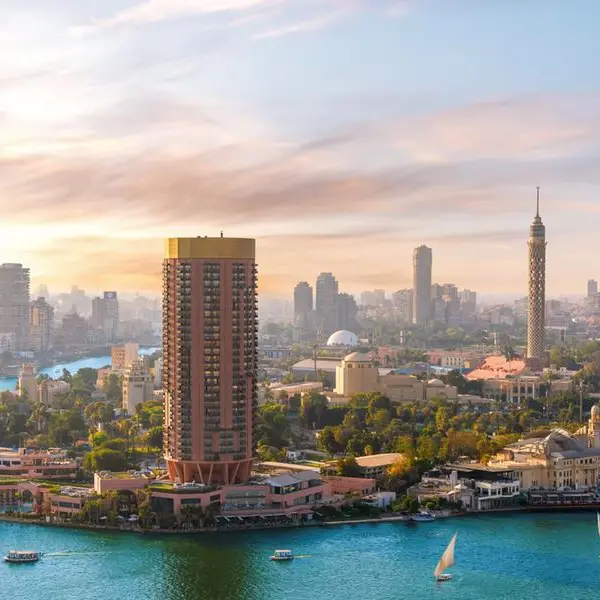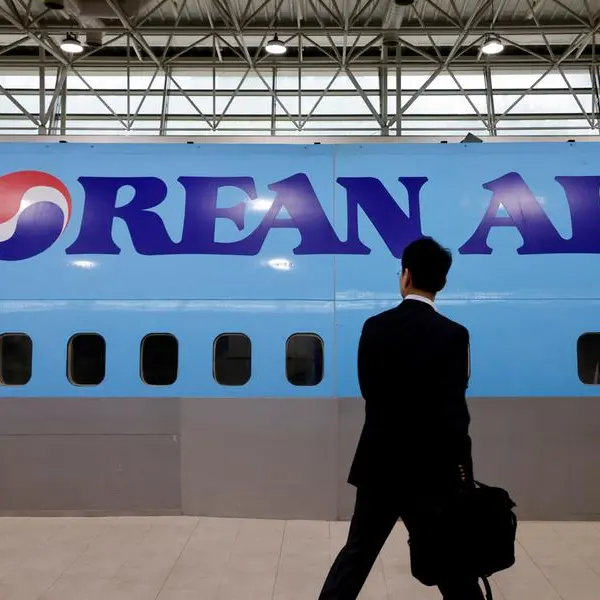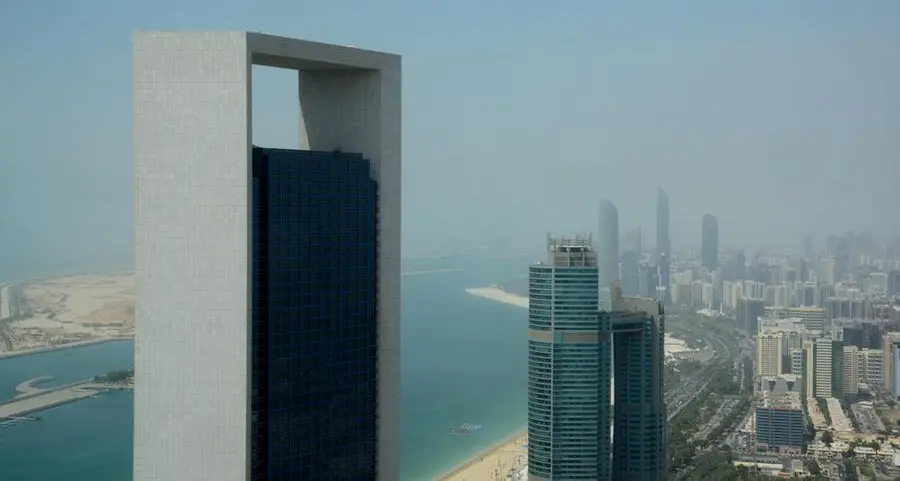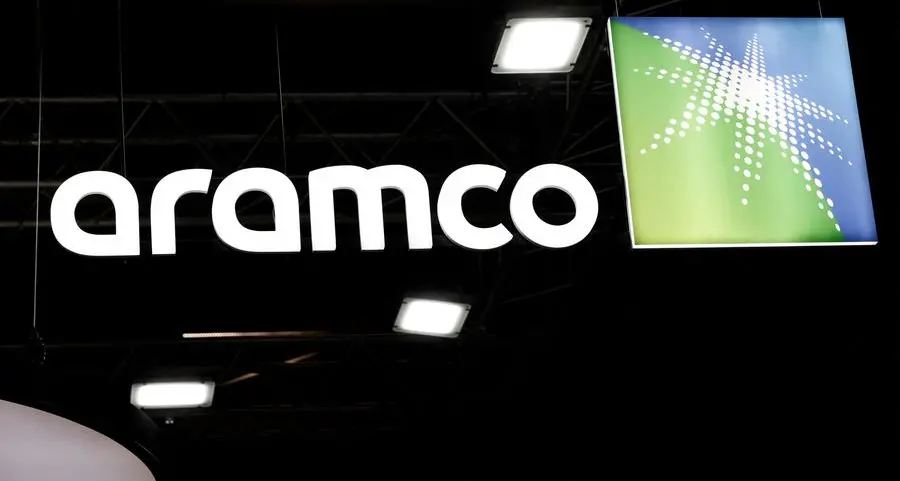PHOTO
Doha: How to make a 3D print of a stadium model? And what useful data it would yield from putting it through testing in a wind-tunnel specially designed in Qatar?
For the past six months, researchers at the College of Engineering at Qatar University have been providing all the answers, turning raw data on cooling technology and aerodynamics collected from the 1:300 scale model into value engineering solutions which help reduce the cost and improve the environmental footprint of the proposed stadiums for the 2022 FIFA World Cup Qatar.
"We take about a week to print one stadium model," said Dr Saud Abdul Aziz Abdu Ghani, Professor at the College of Engineering at Qatar University.
"It is a scale model and follows exactly the design of the proposed stadiums for the 2022 FIFA World Cup. We printed the parts of the stadium separately, put them together and then put the 3D printed stadium model into a wind tunnel for aerodynamics testing. The wind tunnel took seven months to design and build and is the first of its kind in the region," Dr Ghani said.
Once inside the wind tunnel, the scale model of stadium is then analysed thoroughly as laser beams capture flow of air over the design, with measurements processed by Qatar University team through detailed analytics software. "We can see the temperature per tier, add in variants such as sweat produced and amount of spectators, and then run the simulation and see effect of temperature inside stadium," he added. "For cooling we want a minimal amount of air to go in, and we want the air inside to stay there. We can change the direction and simulate different wind directions at this facility."
"All of the design for the wind tunnel and everything you see here was carried out in Qatar, except the fan which is produced in Germany. We've tested two stadiums and a fan zone like this: Al Bayt Stadium, Al Wakrah Stadium and the fan zone for 2014 FIFA World Cup Brazil held at Aspire Academy in Doha. Al Thumama Stadium will also be tested and we are currently printing the stadium."
The Qatar University team works closely with the Supreme Committee for Delivery & Legacy (SC)'s Technical Delivery Office, who turn the findings from wind tunnel into value engineering benefits for stadiums under construction across Qatar.
"We are working closely with QU on this exciting project which showcases the innovative approach we are taking towards timely and cost-effective delivery of the stadiums for the 2022 FIFA World Cup," said Yasir Al Jamal, Vice- Chairman, Technical Delivery Office, SC.
"We've done a lot of work with QU's team and made aerodynamic changes to our stadiums as a result. This creates a lot of saving through value engineering. They also look at the roof structure to minimalise the amount of steel, which will reduce energy and capital costs, and reduces the effect on the environment. In effect we are minimising the effect on the environment, as well as the cost and the operational cost."
In his laboratory at QU, Dr. Saud and his team are pushing for innovative solutions to the design challenges received: "We have lasers which will give you the velocity vectors, so you see on the model what will happen when you open or close the roof. All the ideas we try are sent back to the SC and the viable ones are incorporated in the design."
"I believe this is the future of the stadium design industry. Testing used to be done on clay models, but this technology is now at the forefront of stadium design and is also being used for high-rise buildings in Qatar instead of sending them for aerodynamics testing in Canada or Germany as was previously done. You can print anything from cars to skulls for reconstructive surgery, using different materials including metal, titanium, and aluminium."
And other countries have taken note of Qatar's innovative knowledge and experience in the field, with one of Belgium's largest future football stadiums in Brussels recently coming to Doha to test their design aerodynamics.
"We are very proud to be able to share Qatari knowledge to Europe as well. In their case we were asked to do testing on wind-driven rain. In Qatar we need to keep the cold in the stadiums, but in Belgium the challenge was to keep the rain out.
"We had to look at different types of rain and see how spectators would be able to remain dry at all times including the wind factor," said Dr Saud.
"I am glad that I started working with the SC, because they are really looking for legacy on their projects and this wind tunnel is already helping to leave one for stadium design of the future across the world."
© The Peninsula 2016
